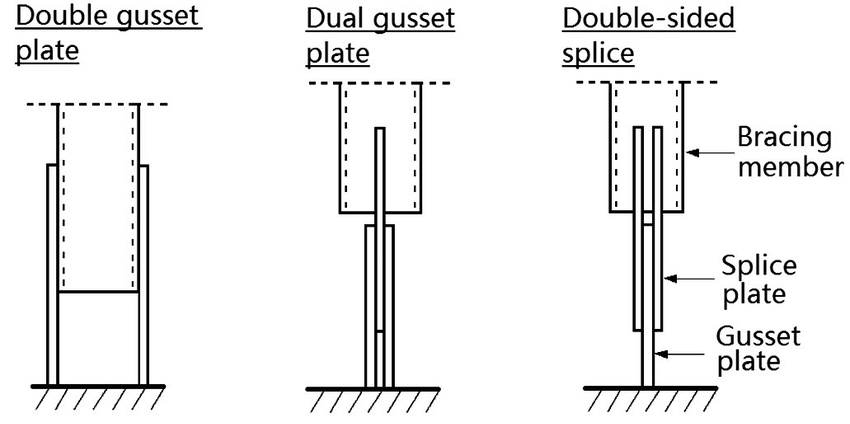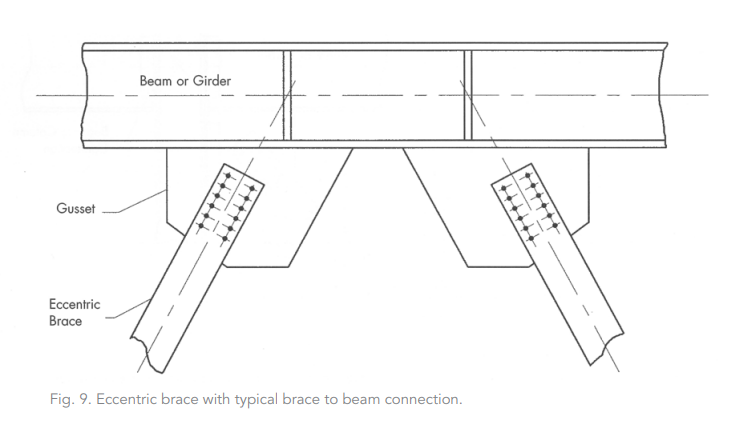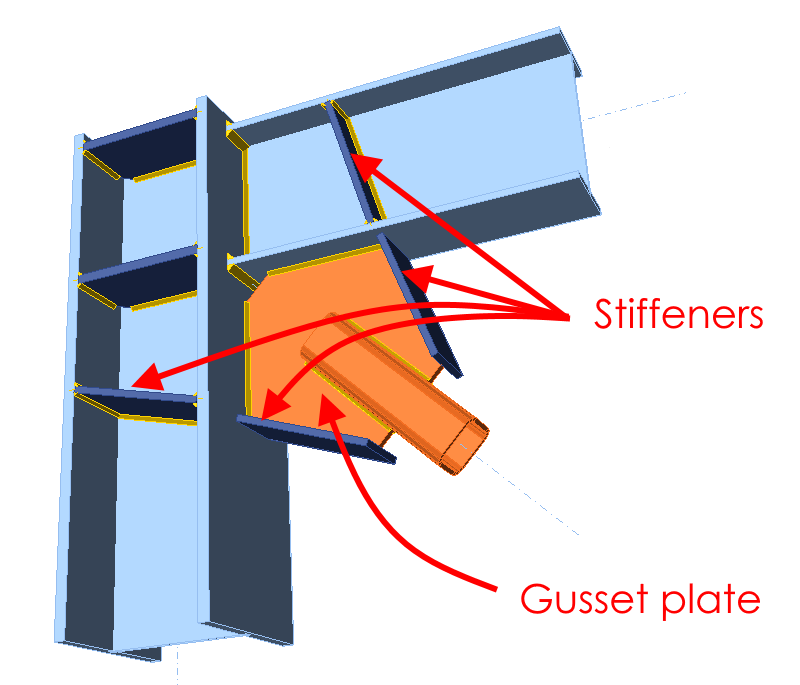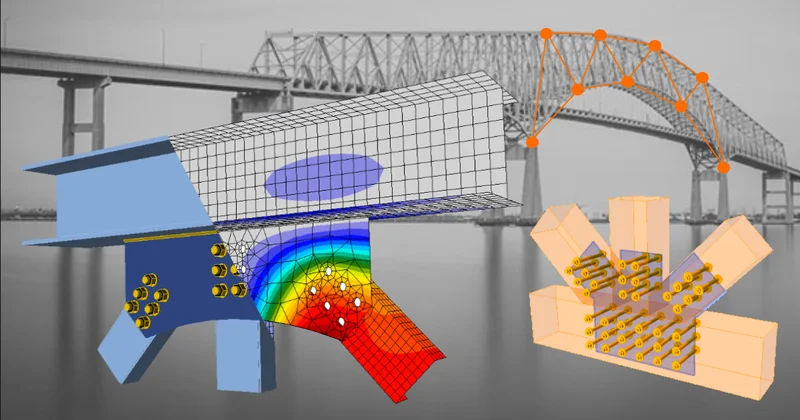Understanding Gusset Plate Design Fundamentals
In the world of structural engineering and construction, Gusset plate play a vital role in connecting and stabilising various structural elements. This article delves into the fundamental idea and considerations of gusset plate design. Whether you`re an experienced engineer looking for a refresher, or a newcomer seeking knowledge about the essentials. This comprehensive guide will aid you in understanding the key aspects of calculation and best practices in Gusset plates.
It can be flat or curved steel plates that are used to reinforce connections between structural members and distribute loads. They also provide stability to engineering and construction applications.
When you require speedy gusset plate connections, what`s your approach? Simply affix a rectangular metal piece of sheet to a primary beam and link the secondary member to this plate. So, when does it get complicated and complex?
It is not a complicated and complex issue when:
What Are Basic Types of Arrangements
In the following figure, we can see the typical transversal arrangements of the gusset plates in the steel structure connections.
- Connecting one member under tension loading.
- There is space for all connection components.
- The aesthetics of the connections do not need to be considered.
All the fun begins with the complexity of the connections. It also involves dealing with compression in members. Additionally, there is pressure on the cost aspect of the task. Furthermore, there is a focus on the visual aspect of the task.

The most common application of this specific type of element could be found in the truss beams and in the lateral bracing systems. This is typically where the diagonal members are connected through the gussets.

What can be a Gusset Plate and what is not?
For an inexperienced eye, it could be difficult to find the gusset plate (or gussets) among all the steel components in the connection. Someone could ask, isn’t it just another stiffener? Well, it’s not.
The gussets are the crucial parts of the structure, through which all the internal forces from the connected members are transmitted.
The stiffeners are important parts needed for correct connection stiffness and for avoiding plate buckling.
Simply put, if a gusset fails, disaster is waiting to happen. If stiffeners fail, there is a good chance that the structure has residual capacity that will not lead to failure.

Analysing the Design Flaws and Code Compliance
The term “gusset plate” often only comes to the fore after the collapse of a structure or a part of it. The Interstate 35W Bridge collapse in 2007 was one of such unfortunate events.

Moreover, in this case, the main perpetrator has been identified. The inadequate design of the truss beams’ gusset plates and the lack of inspection of these connections during the countless bridge inspections.
It was simply assumed that these elements would not be the weakest point in the design. The belief was that the gusset plate connections were stronger than the beams that ran into the connections. Unfortunately, they weren’t.
Furthermore, the design codes give us some guidance on how to check the design of gusset plate connections. Some examples of design codes with specifications for gusset plates:
AISC 360-16 (United Kingdom)
CSA-S16-09 (Canada)
EN 1993-1-8 (European Environment)
The guidance is based on an analytical approach, which is fairly simple to apply but can be very time-consuming with the number of joint-type alternatives.
Related Articles:
Finally, for those, interested in steel-to-timber design, read more about the timber connections solved in IDEA StatiCa Connection in our support centre.
IDEA StatiCa is proud to be in the front line for the connection and structural member design. If you have an idea of how the gusset plate design could be improved, let us know.



